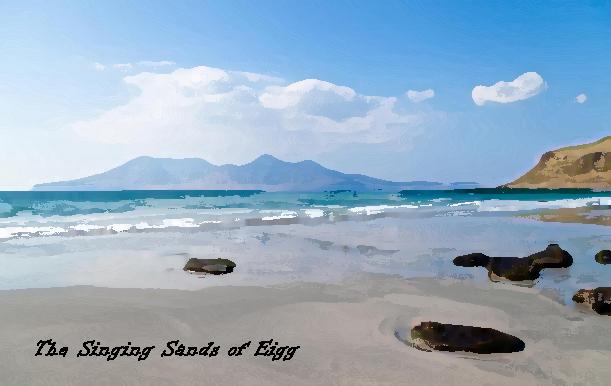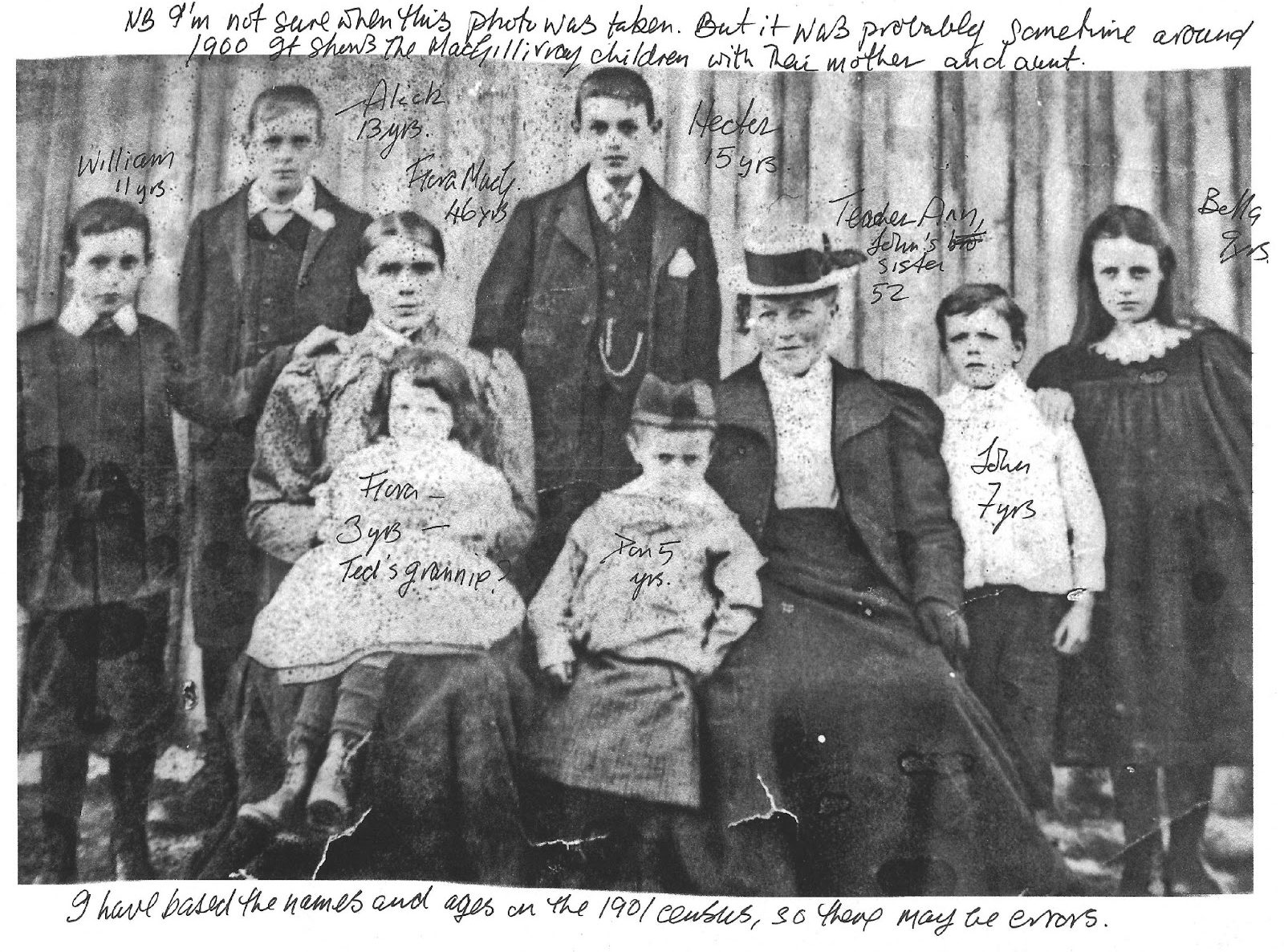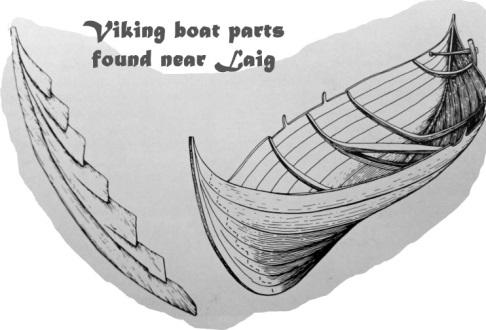
The poem is inspired by Mary Bell MacDonald’s account of the Nasty boys of the Isle of Eigg (Dressler: 2007).
Nasty and raucous, that’s what they are
The boys of Eigg, they’re out to wage war
On us innocent girls of the Singing Sands beach.
They don’t listen to what their mothers teach;
That the girls of Eigg will one day be their wives;
That the girls of Eigg will one day be a part of their lives.
They don’t listen, they just keep on throwing stones
From the top of the cliffs, hurting, hitting bones.
Shrieking, the girls took another route, unplanned
Going through the hills and coming back at the other end.
The boys and girls of Eigg could never be friends.
But the girls were still happy,
Running barefoot together across the singing sands.
The wee boys ‘n’ girls o’ Eigg cuid ne’er be frends.
Scots English version:
Th’ wee boys oan th’ Isle o’ Eigg,
Nasty ‘n’ raucous, that’s whit thay are.
The wee boys o’ Eigg, they’re oot tae wage war
On the innocent girls of the singing sands beach;
They dinnae listen tae whit thair mithers teach
That th’ girls o’ Eigg wull one day become thair wives;
That th’ girls o’ Eigg wull be a pairt o’ thair lives;
They dinnae listen, thay keep oan throwing stones
From th’ top o’ th’ cliffs, hurting, hitting bones.
Shrieking, th’ girls teuk anither route, unplanned
Going thro’ th’ hills ‘n’ come back th’ ither end.
Bit th’ girls wur aye happy,
Running barefoot th’gither o’er th’ singing sands.
The wee boys ‘n’ girls o’ Eigg cuid ne’er be frends.
The poem is inspired by Mary Bell MacDonald’s account of the ‘nasty boys of Eigg’ (Dressler: 2007).
To the south of Cleadale lies the Bay of Laig, known for its quartz beach, called the ‘singing sands’ (Tràigh a’ Bhìgeil), because of the squeaking noise it makes if walked on when dry.
As mentioned elsewhere here, when I visited Eigg around 2006-2008, I met my mother’s cousin Katie McKinnon who has lived her whole life on Eigg. She remarked that the summers in the 1920s and 1930s were marked by good weather. The children on the island would spend most of the time playing together. One of their favourite playgrounds was the ‘singing sands’ where they would run barefoot together. The vision across the sea was also magical and mystical – the Isle of Rhum.
They would play amongst the rocks, pools and cave-like structures that are to be found there, or run in and out of oncoming waves with bare feet. The ‘squeaky’ beach held a magical fascination for the children, so that even when they grew very old and were nearing the end of their lives, this was one of the happy memories of childhood – running barefoot along the silver singing sands. The ‘mystical’ Isle of Rhum once held a large population, but the laird evicted all his tenants because he could make bigger profits from sheep farming (1826); see: https://electricscotland.com/history/clearances/32.htm


